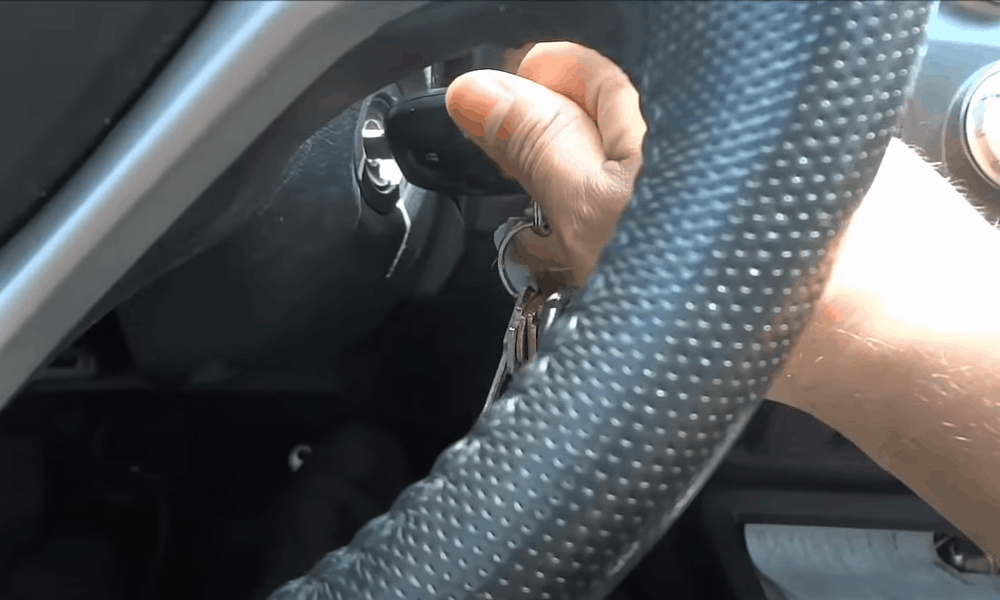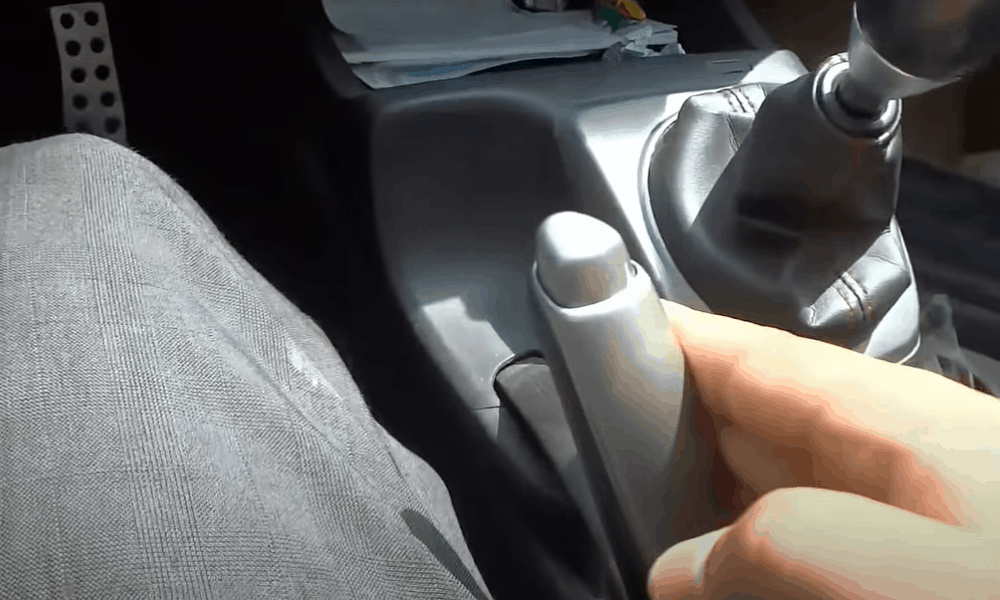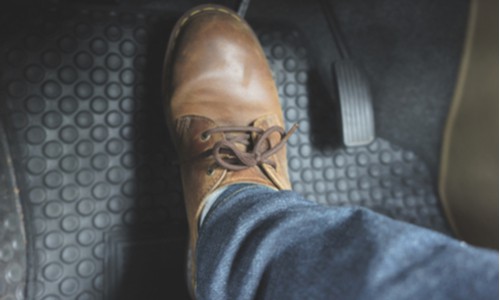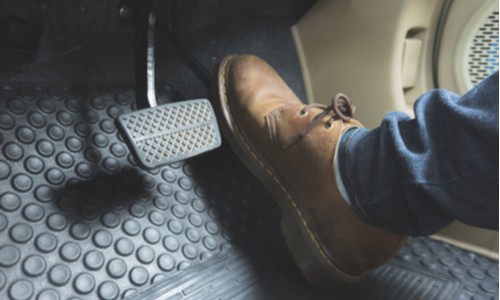
What do you do when you buy a car from a private owner? Different people will answer this question differently. Some will tell you to run the car’s number through the government’s database. Others may recommend taking it to your trusted mechanic for a thorough check-up.
Both these viewpoints are correct. Running the vehicle’s number through the government’s database will let you know whether it was involved in an accident or a criminal activity. Having it checked up by your trusted car specialist will help verify the owner’s claims about the vehicle.
Here are other essential tips that you need to keep in mind as well:
Before you buy a Car from a Private Owner
Here’s what you need to do:
1. Research the car’s market value
Researching the car’s market value will provide you with two benefits. It will let you know how much the vehicle is going to cost you. That in turn, will let you decide whether you could fund the purchase from your pocket or would need financing from a lender.
It will also save you from overpaying for a specific vehicle. You won’t have to worry about getting ripped off by the seller. That’s why we recommend that you consult online marketplaces that let private personnel buy and sell vehicles to research your potential car’s market value.
2. Scrutinize ads for used vehicles

Here’s what you need to do when reading ads for closed vehicles. You must pay close attention to four important metrics: mileage, make, model and year of ownership. Also check out whether the seller is the first owner of the car, or does the vehicle has had other owners in the past.
The next thing you should look for in the description is the vehicle’s history. Was it involved in an accident in the past? Are there any parts that have been touched-up? Most sellers tend to disclose needed car repairs in the ad to attract serious buyers.
3. Get the vehicle’s history report

Vehicle history reports are one of the best tools to learn about a given automobile’s condition. They let you know whether the description given in the car’s ad is accurate. Or whether the seller has deliberately withheld information that could negatively impact their car’s value.
Carfax is our favorite website for generating vehicle history reports. It requires you to enter the Vehicle Identification Number (VIN) on its database and then check the vehicle for major accidents, ownership history, mileage, warranty, and other important factors.
4. Contact the seller

Once you’ve made sure that the information given in the car’s ad is accurate, it’s time to contact the seller. You may begin your conversation by discussing the information in the ad. Also ask preliminary questions about any information that is missing in the car’s listing.
Provided you’re satisfied with the seller’s response, ask them to arrange a meeting. We recommend that you meet the seller in a public place, like the drive-through of a restaurant. Make sure that you have a friend with you when you’re going to meet the seller.
When buying a car from a private owner:
Here’s what you need to do:
5. Examine the vehicle’s exterior

Inspect the following when examining the vehicle’s exterior:
- Signs of rust: Vehicle experts tell us to inspect three areas of the car for rust. They include inside the wheel wells, frame rails under the doors and along the exhaust system.
- Tire tread depth: Use a penny to check the tire’s tread depth. Simply insert a penny into the tread groove with Lincoln’s head upside down. If you can see all of Lincoln’s head, the tire needs replacement.
- Headlights and taillights: Park the vehicle with its front side facing away from the sun. Turn on the headlights and make sure they are working. Apply the brakes and observe brake lights. Pay attention to turn signals as well.
- Shock absorbers: Push down on the car’s bonnet a few times to get the car to bounce. Stop applying force and see whether the car continues to bounce. Working shock absorbers stop the bouncing in an instant.
- Car battery: Open the hood and check the battery’s water level (if it’s a wet battery). Inspect the battery’s terminals for signs of rust. Ask the owner about its installation date.
- Vehicle body: Inspect the bumper for dents and cracks. Carefully look at the windshield for nicks and cracks as well. Move your hand over the body as repainted parts tend to give a different feel than company-painted ones.
6. Examine the vehicle’s interior

Inspect the following when examining the vehicle’s interior:
- Pedal wear: How would you know that the previous owner braked and accelerated too aggressively? By checking out all of the car’s pedals for signs of wear and abuse.
- Interior electronics: Turn on the car’s stereo and increase its volume to the maximum level. Do the same with the light on the roof as well as any other interior lights you may see in the vehicle.
- Car locks: Make sure that the doors remain locked without inserting a key. Also, don’t forget to test any keyless features if the vehicle you’re looking at has any of those.
- Air conditioning: Turn on the air conditioner and let it run for a few minutes. Make sure it is cooling as intended. Do the same with the heater function to check that it’s performing without any complications.
7. Take the car on a test drive

Spend at least half an hour on the test drive. Take the car to the local street, the highway and other roads to check that it’s performing as intended. Make sure that you don’t have to constantly adjust the steering wheel to keep the car going straight – as it’s a sign of misaligned tires.
Pay close attention to the sound of the engine. It shouldn’t be too loud when you’re shifting gears. Cars with a transmission issue have engines that emit abnormal noises during shifting. Then take your car to your trusted mechanic to get a more thorough inspection of things like brakes and seals.
Conclusion
You’re now aware of what do you do when you buy a car from a private owner. Start with researching the market value of your potential car by looking at vehicle listings. Narrow down your research to 2 to 3 cars and get in contact with their sellers.
Once you have done that and reached the site where the seller has invited you to inspect their car, follow the instructions given above to examine the car’s interior, exterior, and engine. If everything goes well, make an offer and close the sale.
The post What do you do when you buy a car from a private owner? appeared first on Smart Motorist.
source https://www.smartmotorist.com/what-do-you-do-when-you-buy-a-car-from-a-private-owner
























